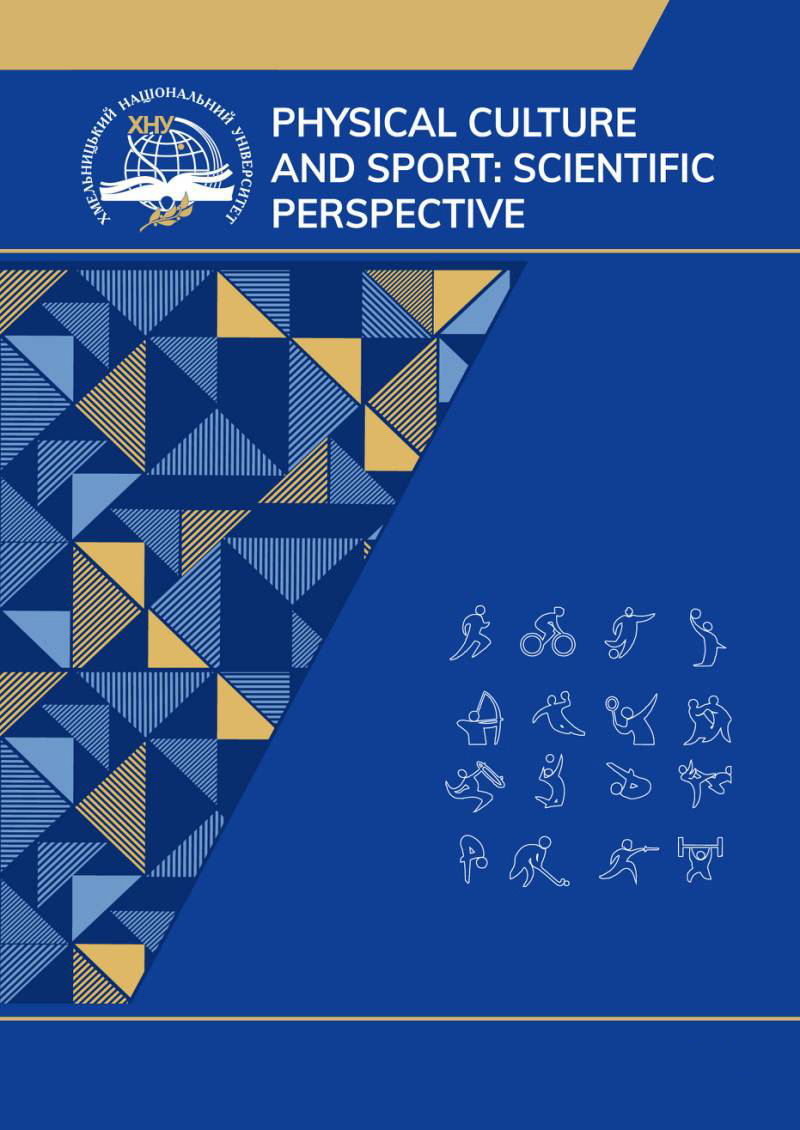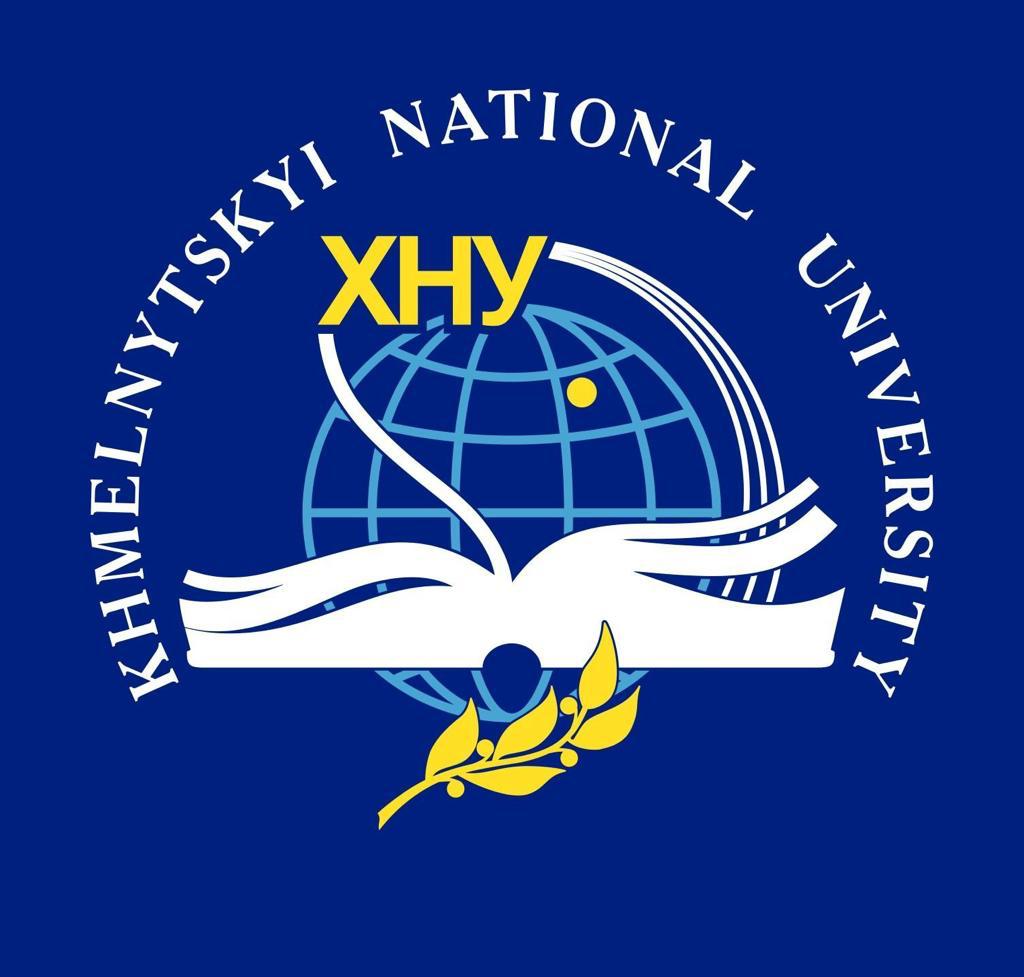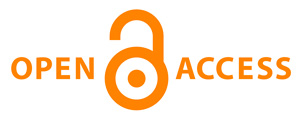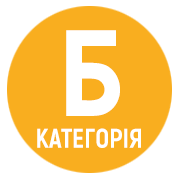APPLICATION OF PHYSICAL THERAPY IN RESTORING UPPER LIMB FUNCTIONS IN MILITARY SERVICEMEN AFTER SHOULDER GUN INJURIES
DOI:
https://doi.org/10.31891/pcs.2024.4.28Keywords:
injuries, shoulder, physical therapy, functional status, military personnelAbstract
Physical therapy of military servants with the consequences of a mine - explosive injury of the lower extremities. Prolonged military operations in Ukraine pose serious challenges for the medical system. The use of modern weapons causes significant severity of gunshot injuries, in particular to the limbs, which complicates the process of providing medical care with the aim of restoring anatomical integrity and functional capabilities as quickly as possible. Purpose of the study: to theoretically substantiate the features of physical therapy for military personnel in restoring upper limb functions in military personnel after gunshot wounds to the shoulder. The work used theoretical research methods: analysis, comparison, induction, deduction, systematization and generalization of scientific and methodological literature. Physical therapy for military personnel is an important component of the recovery process after injuries, in particular gunshot wounds, and contributes not only to physical but also to psychological recovery. During rehabilitation, it is important to apply an individual approach to each patient, since the nature of the injuries, the physiological state and the needs of military personnel can vary significantly. The use of therapeutic exercises requires the patient's active participation in the process of physical therapy, forming a conscious attitude towards performing exercises and participating in adjusting their motor regimen. It is important to approach each patient individually, taking into account not only the type and degree of injury, but also other factors such as age, functional impairment, level of physical fitness and psychological state. Thus, effective rehabilitation of military personnel with gunshot injuries of the shoulder requires a deep understanding of the specifics of the injuries, individual characteristics of the victims and the use of innovative techniques to ensure full recovery of physical and emotional health.
References
Baidaluk, R. V. (2023). Taktika «Damage control surgery»: dosvid ukrainskykh viiskovykh khirurhiv. Zdorovia Ukrainy. Khirurhiia. Ortopediia. Travmatolohiia. Intensyvna terapiia, (2), 544–548.
Roi, I. V., Borzykh, N. O., & Katyukova, L. D. (2019). Suchasni pidkhody do reabilitatsii viiskovosluzhbovtsiv z vohnepalnymy polistrukturnymy poranennyamy verkhnoi kintsivky. Klinichna khirurhiia, (86), 34–38.
Johnson, A. (2021). Comparative effectiveness of manual therapy and exercise programs for upper limb recovery post-gunshot wounds in veterans: A randomized study. Military Medicine, 186(5–6), e1–e8.
Johnson, A., Clark, L., Thompson, R., et al. (2021). Evaluating the impact of post-traumatic stress disorder treatment on quality of life in veterans: A randomized study. Military Medicine, 186(3–4), 155–162.
Kerr, A. L., Cheng, S.-Y., & Jones, T. A. (2011). Experience-dependent neural plasticity in the adult damaged brain. Communication Disorders, 44(5), 538–548.
Kleim, J. A., & Jones, T. A. (2008). Principles of experience-dependent neural plasticity: Implications for rehabilitation after brain damage. Journal of Speech, Language, and Hearing Research, 51(1), 225–239.
Kopp, B., Tabeling, S., Moschner, C., & Wessel, K. (2008). Cognitive functions of the prefrontal cortex: Neuroscience and clinic. Nervenarzt, 79(2), 143–152.
Lee, H., Kim, J., Park, Y., et al. (2022). The effects of physical therapy on quality of life in soldiers with post-traumatic injuries: A randomized controlled trial. Journal of Rehabilitation Research and Development, 59(2), 100–109.
Muñoz-Cespedes, J. M., Rios-Lago, M., Paul, N., & Maestu, F. (2005). Functional neuroimaging studies of cognitive recovery after acquired brain damage in adults. Neuropsychology, 15(4), 169–183.
Nguyen, T., Tran, D., Pham, C., et al. (2020). The role of psychological interventions in enhancing the quality of life of veterans with PTSD: A randomized study. Journal of Rehabilitation Research and Development, 57(6), 63–70.
Patel, S., Kumar, V., Sharma, A., et al. (2021). Impact of mindfulness training on quality of life in military personnel: A randomized trial. Military Medicine, 186(8–9), 873–880.
Prigatano, G. P., Braga, L. W., Johnson, S. F., & Souza, L. M. (2021). Neuropsychological rehabilitation, neuroimaging and neuroplasticity: A clinical commentary. NeuroRehabilitation, 49(2), 255–265.
Roberts, M., Green, J., Harris, P., et al. (2022). Comparative analysis of mental health treatments and their effect on quality of life in veterans: A randomized controlled trial. Journal of Traumatic Stress, 35(5), 620–628.
Taylor, P., Lewis, R., & Anderson, D. (2023). Effectiveness of virtual reality-based physical therapy in upper limb rehabilitation after gunshot injuries in military personnel: A randomized controlled trial. Journal of Rehabilitation Research and Development, 60(3), 145–156.
Wilson, D., Mitchell, H., Evans, B., et al. (2020). Exploring the impact of early rehabilitation on the quality of life of soldiers after injury: A randomized study. Military Medicine, 185(10), 1243–1250.
Zhang, L., Chen, X., & Yang, H. (2021). Effectiveness of kinesiology taping in upper limb rehabilitation following gunshot wounds in veterans: A randomized controlled trial. Journal of Trauma and Acute Care Surgery, 94(2), 156–163.
Downloads
Published
How to Cite
Issue
Section
License
Copyright (c) 2024 Тетяна ОДИНЕЦЬ, Тетяна ЧИЖИШИНА, Олександр ВАНЮК

This work is licensed under a Creative Commons Attribution 4.0 International License.





